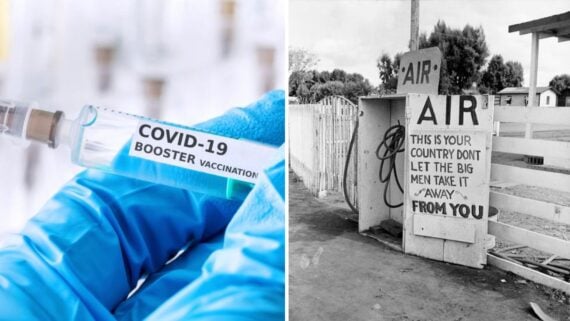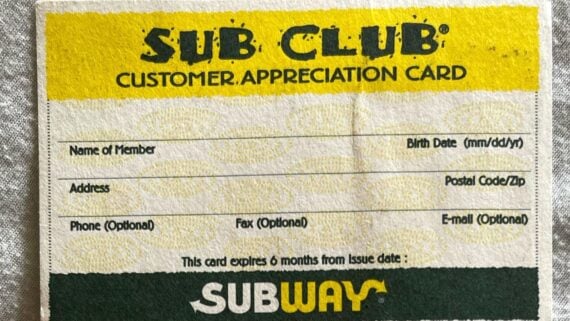It seems like everything now costs a lot more than it once did, but perhaps worst of all are the things that used to be complimentary but now come with a fee. We’re talking everything from grocery bags and in-flight meals to verification badges on social media — it all now comes at an extra cost. Here are 13 things that used to be free but will now cost you.
Grocery Bags
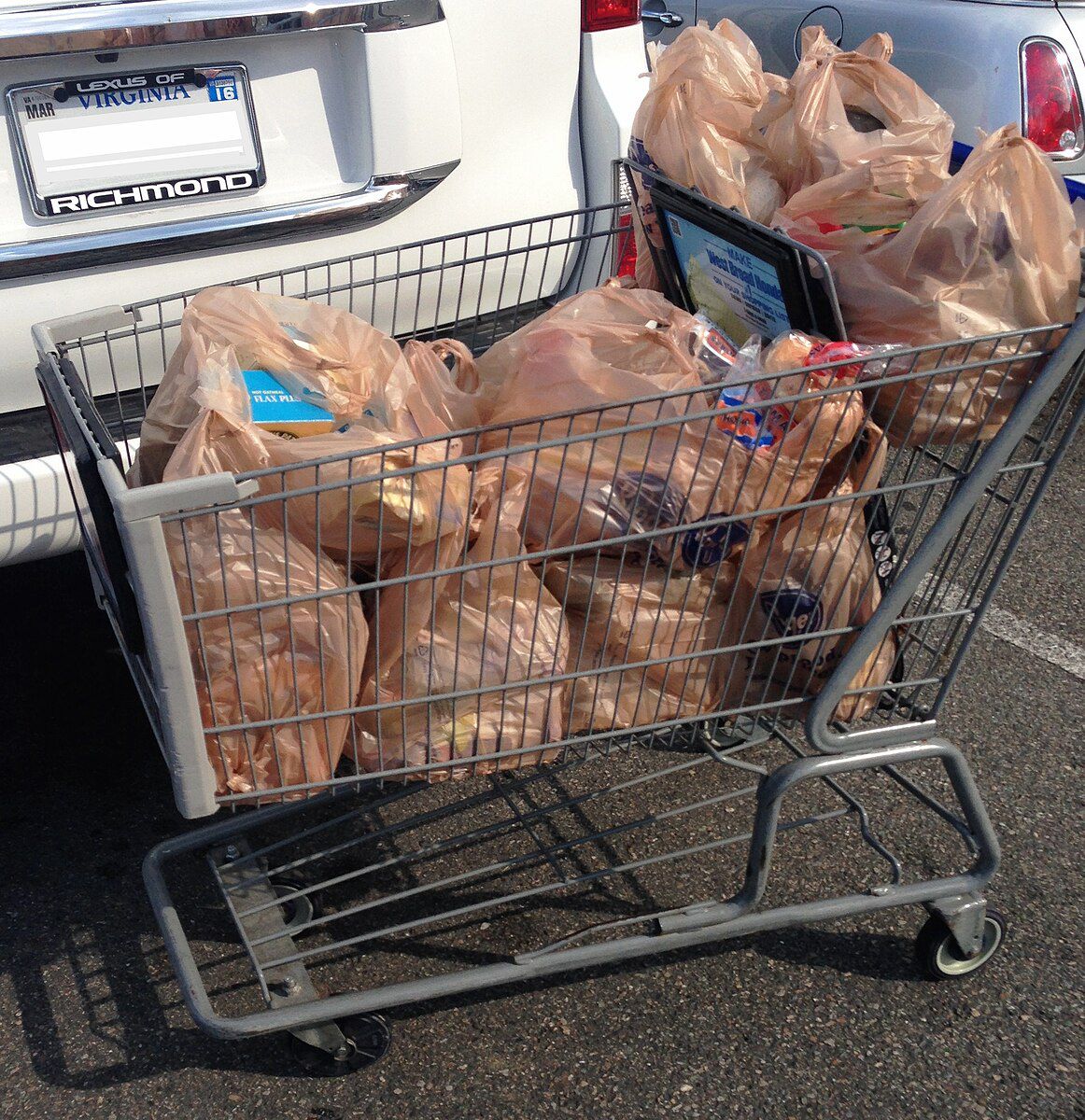
In over 100 US municipalities, customers who don’t bring their reusable totes must now pay a fee per plastic bag they use at the grocery store. The legislation aims to reduce single-use plastic pollution. Boulder, Colorado, has seen a 70% decrease in plastic bag use since implementing the fee, and, as of 2023, has raised over $1 million to fund community services.
Hotel Amenities

Hotel room rates used to cover everything associated with your stay — pools, gyms, Wi-Fi, newspapers, etc. In the late 1990s, hotels began adding “resort fees” to cover luxury amenities, a practice that has since spread to even budget hotels. In 2023, the average resort fee among US hotels was $38.82. In late 2024, the FTC announced a new rule that requires hotels and short-term lodging companies to disclose these fees, though how well it will be enforced remains to be seen.
Extra Sauce
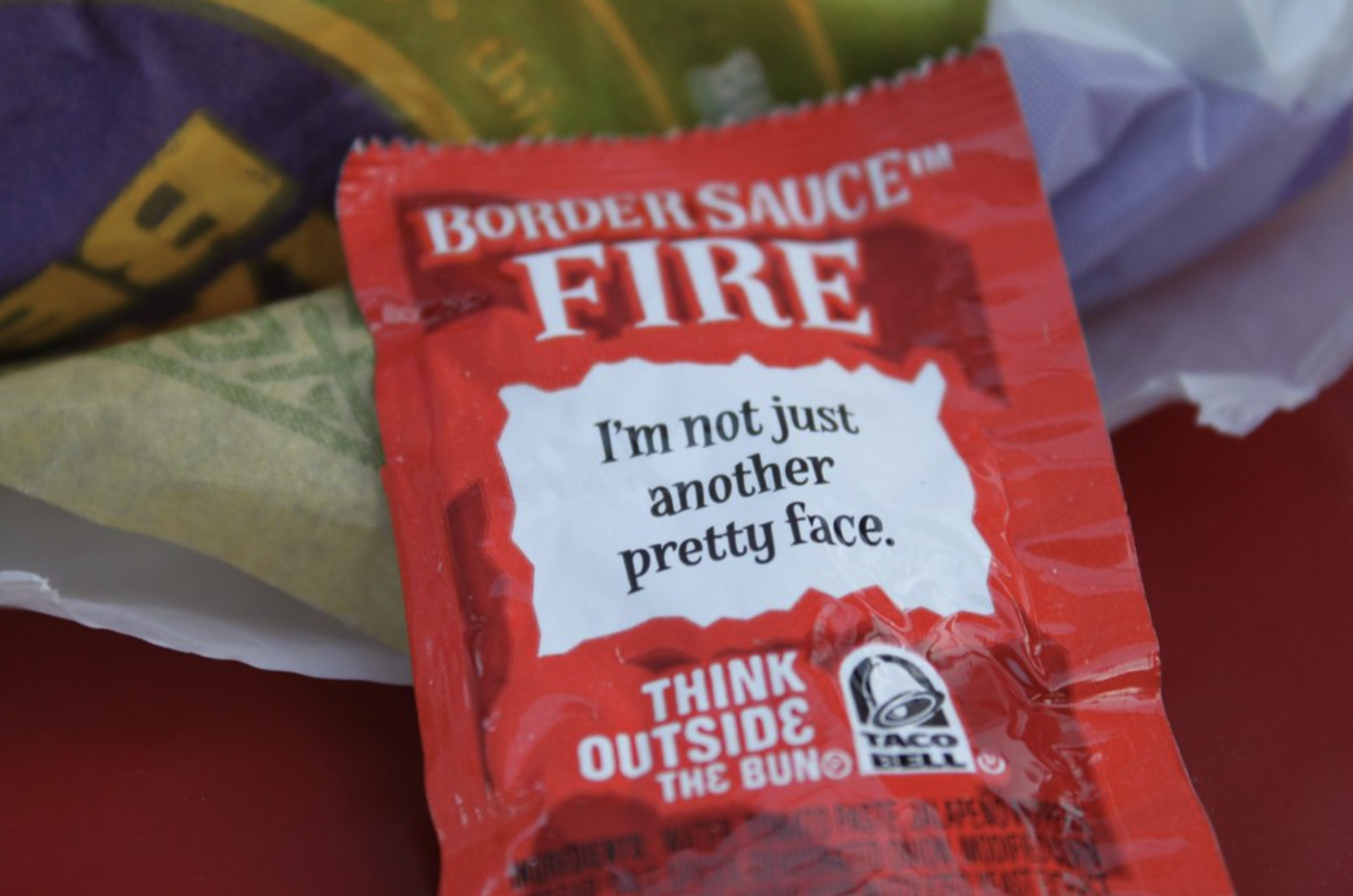
Many restaurants have begun charging customers for extra condiments, including premium sauces and fast-food packets.
Taco Bell allocates one packet of its avocado verde salsa, which comes in a larger packet, with every Cantina Chicken menu item. However, for additional packets, customers must pay 20 cents each.
Air
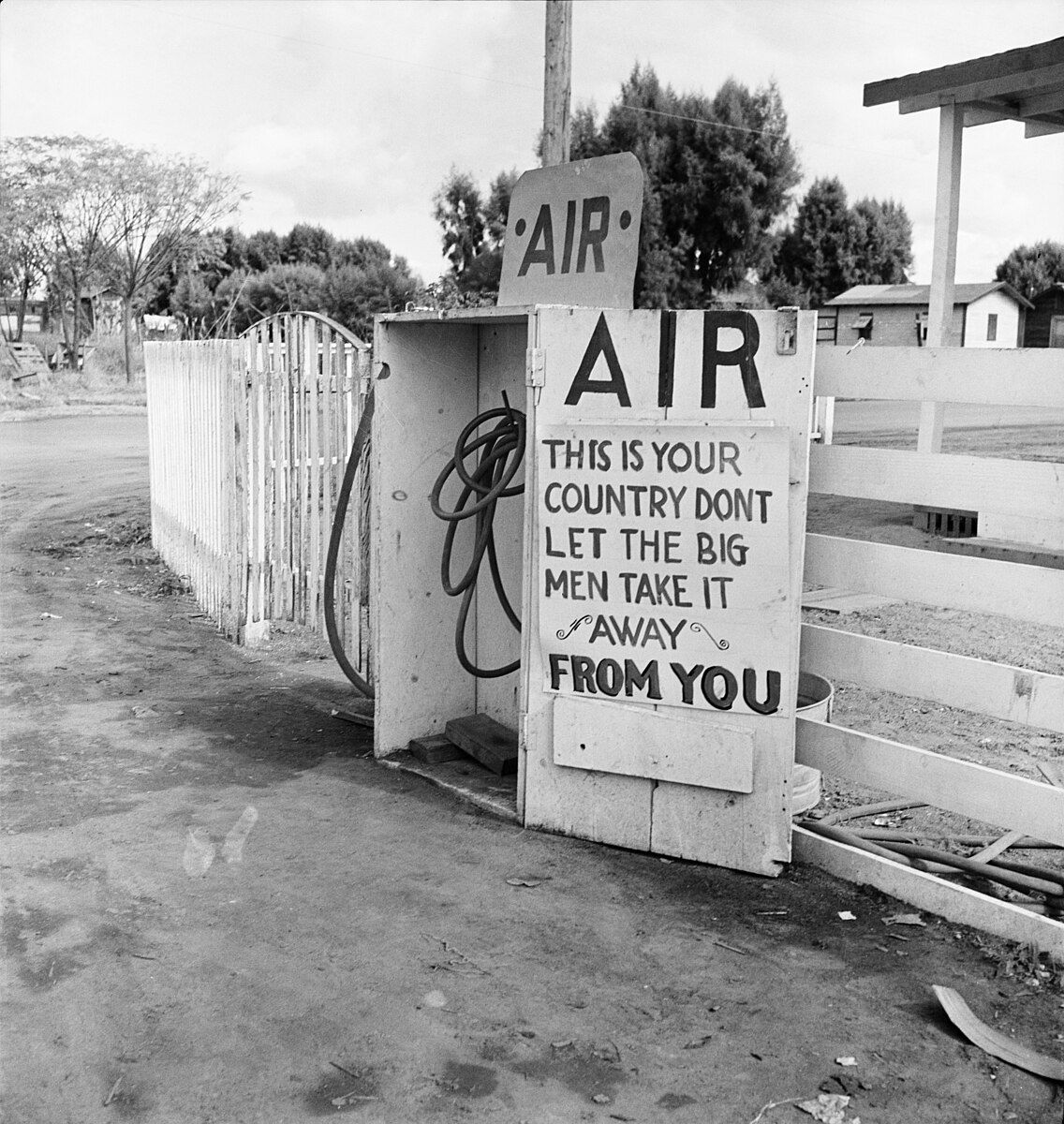
Compressed air to fill your tires used to be a standard free amenity at gas stations, but customers may now find stations charging around $1.50 to use the pump. Skyler McKinley of AAA told a Colorado Fox affiliate that machines cost the gas station energy and can be costly to repair, leading some to switch to pay models or partner with vendors. Still, some states must legally provide free air to customers who pay for gas or other goods or services.
Television
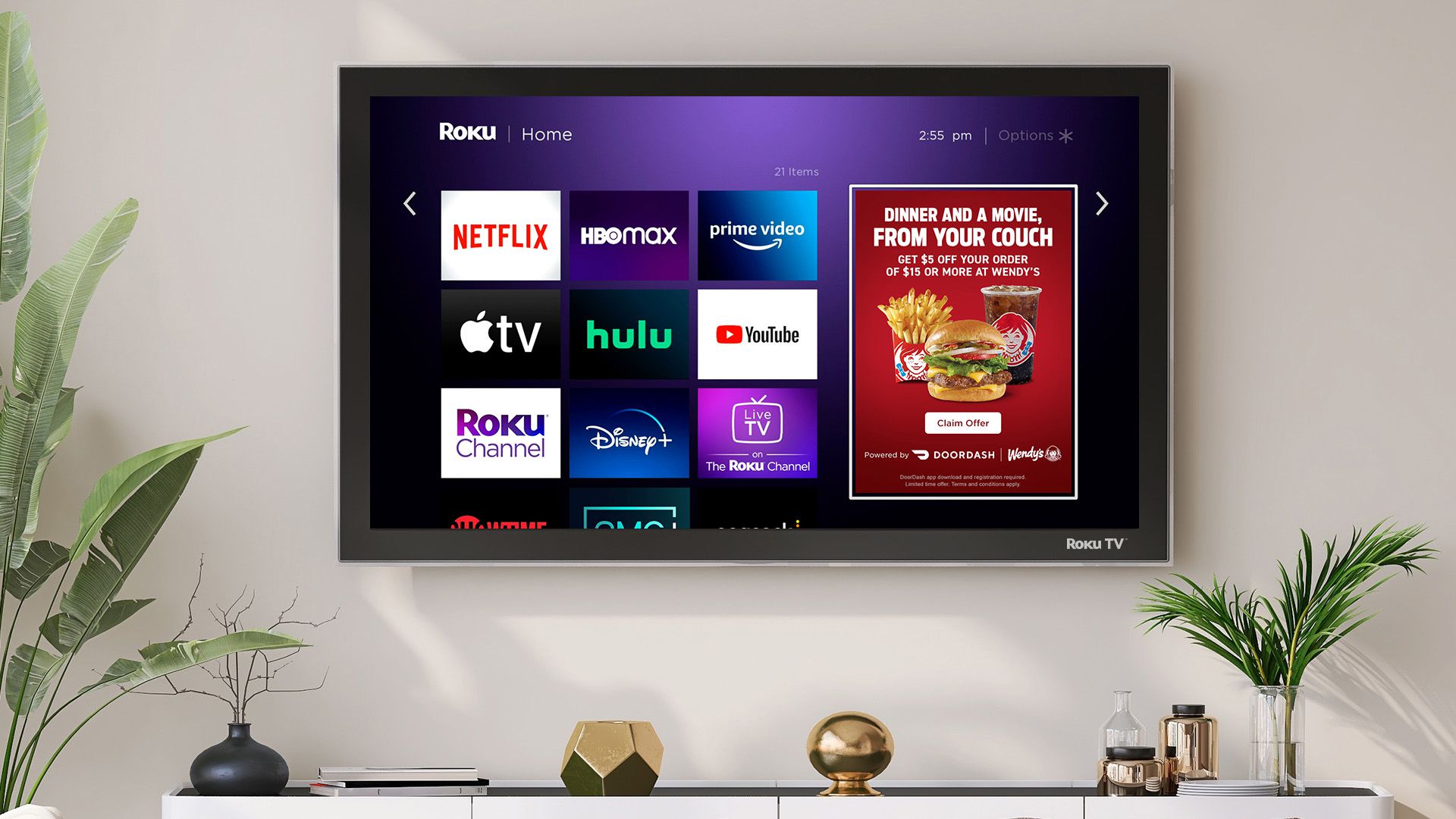
TV’s only price was once the cost of the machine and sitting through ads. Then came basic cable, premium channels, streaming platforms, and FAST (free ad-supported TV). Americans spend an average of $46 per month on streaming services, while smart TVs increasingly advertise to owners not just during commercial breaks, but all the time via screensavers, home screens, and even the streaming service buttons on their remotes. Jeez.
Trending on Cheapism
In-Flight Meals
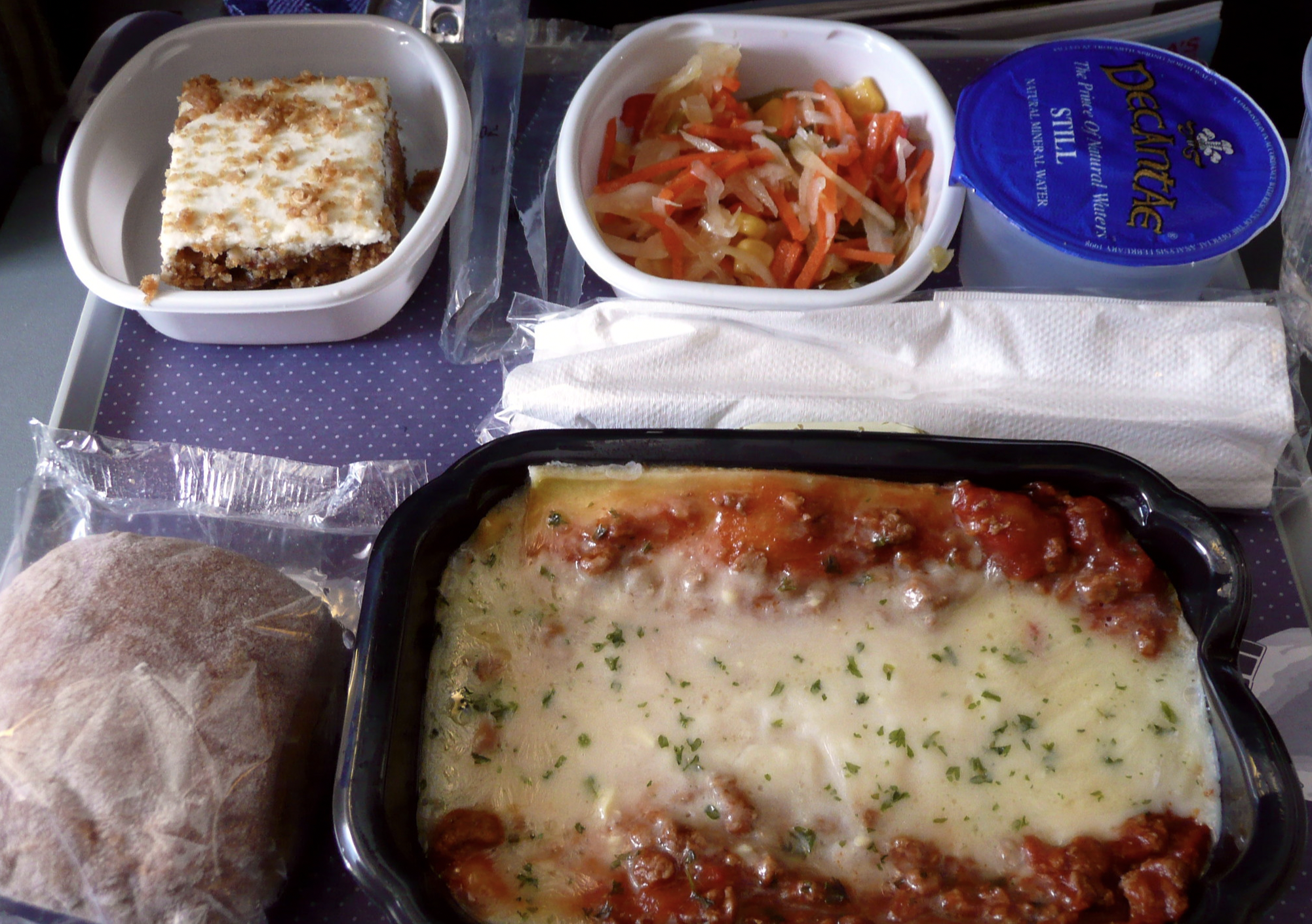
In 2010, Continental Airlines cut free domestic in-flight meals, the last major airline to do so. According to CNN, US airlines were forced to reduce costs after the September 11 attacks led to a decline in demand, resulting in a reduction in services. Now, passengers typically must pay for food beyond a few snacks — unless, of course, you fly first class.
X (Formerly Twitter) Verification
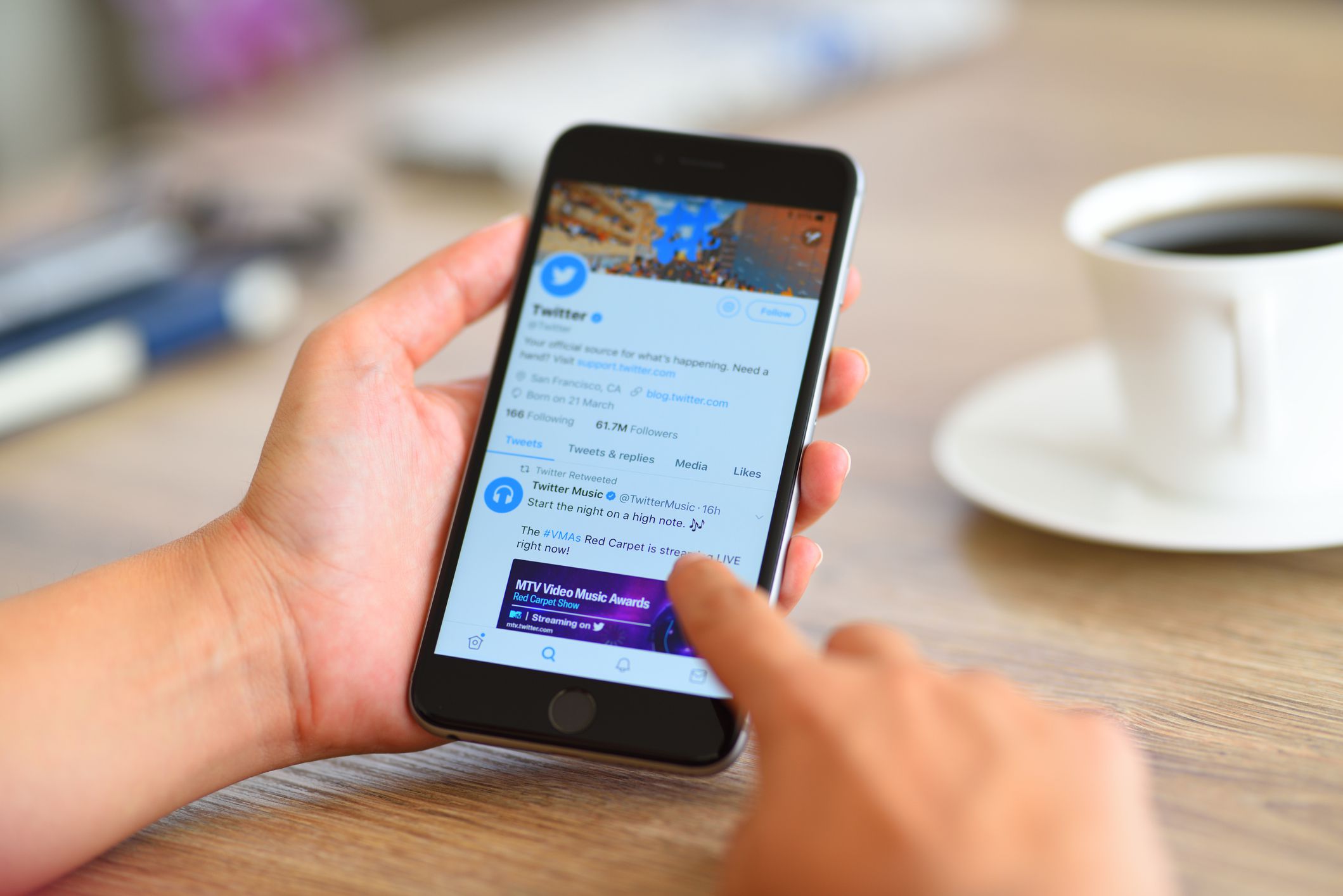
Users who could show Twitter that they were a celebrity, journalist, or other public figure would receive a blue verified checkmark. Following Elon Musk’s takeover — and name change to X — the platform began charging for verification. A checkmark currently starts at $7 per month — though some public figures found their checkmarks randomly restored in April 2024. Meta also offers paid subscriptions for Facebook and Instagram users who want a verification badge.
Covid-19 Vaccines
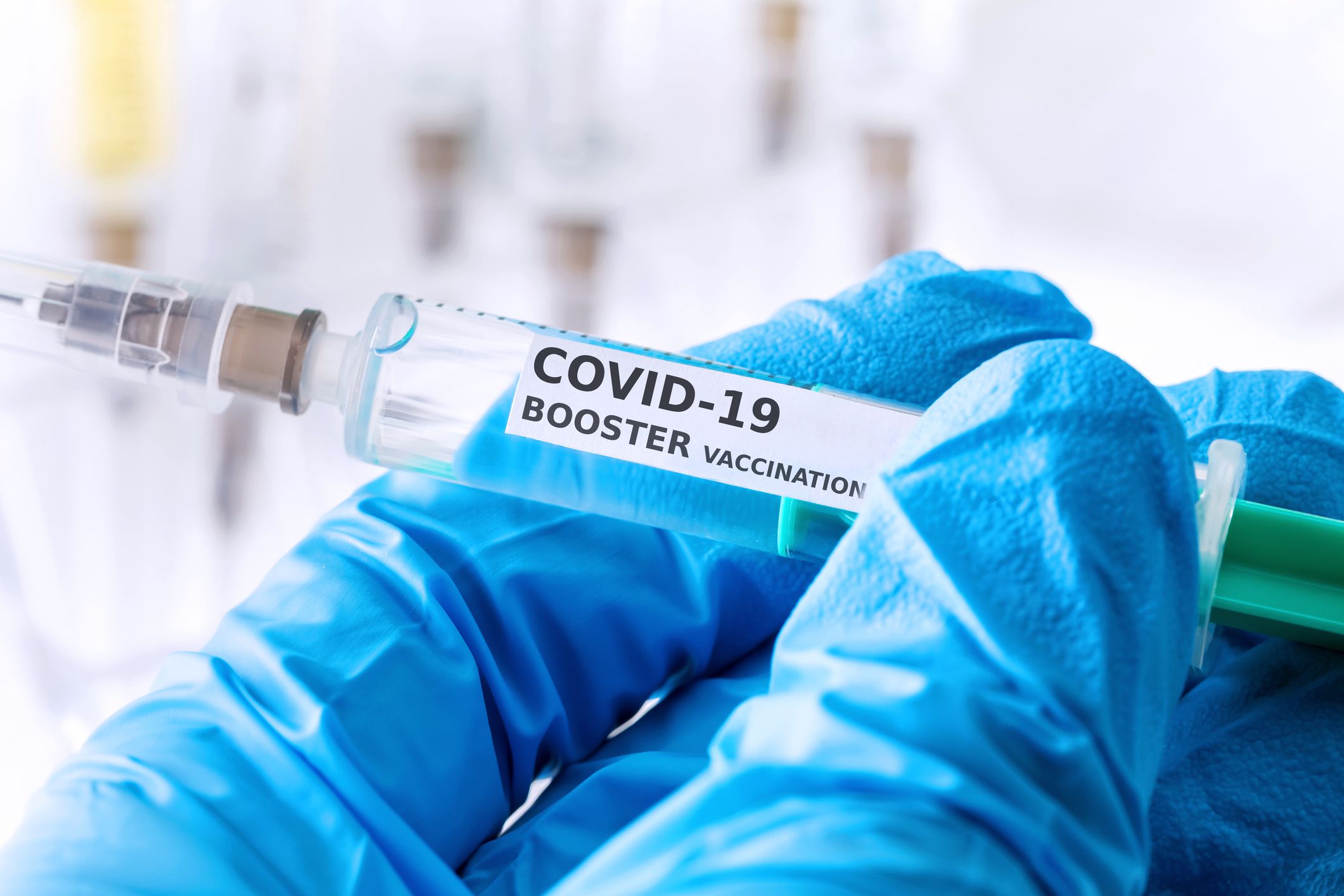
The US government once purchased the COVID-19 vaccine and boosters from drugmakers and made them available, free of charge, to Americans. Later, the CDC’s Bridge Access Program ensured that free shots were available. Now, due to a lack of funding, uninsured Americans who receive the latest vaccine at their local pharmacy may have to pay between $150 and $200, according to NPR.
Sign up for our newsletter
Room Service
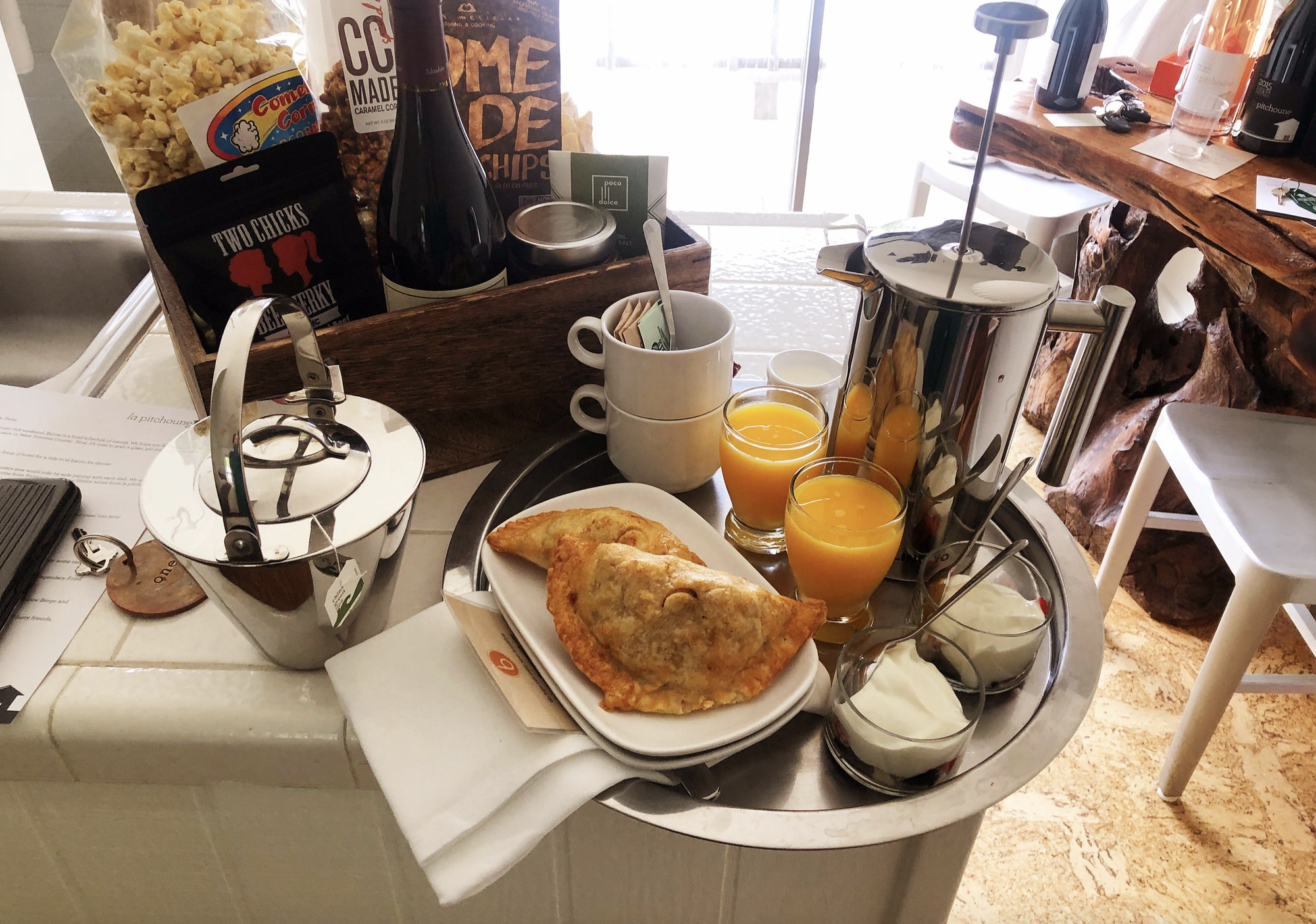
Cruise ships notoriously charge extra fees for all sorts of things, inflating the total cost with taxes, fee, and port charges. But some even tack on fees for room service, which used to be complimentary. Royal Caribbean now charges $7.95 for room service, regardless of order size, plus gratuity.
Disney World Amenities
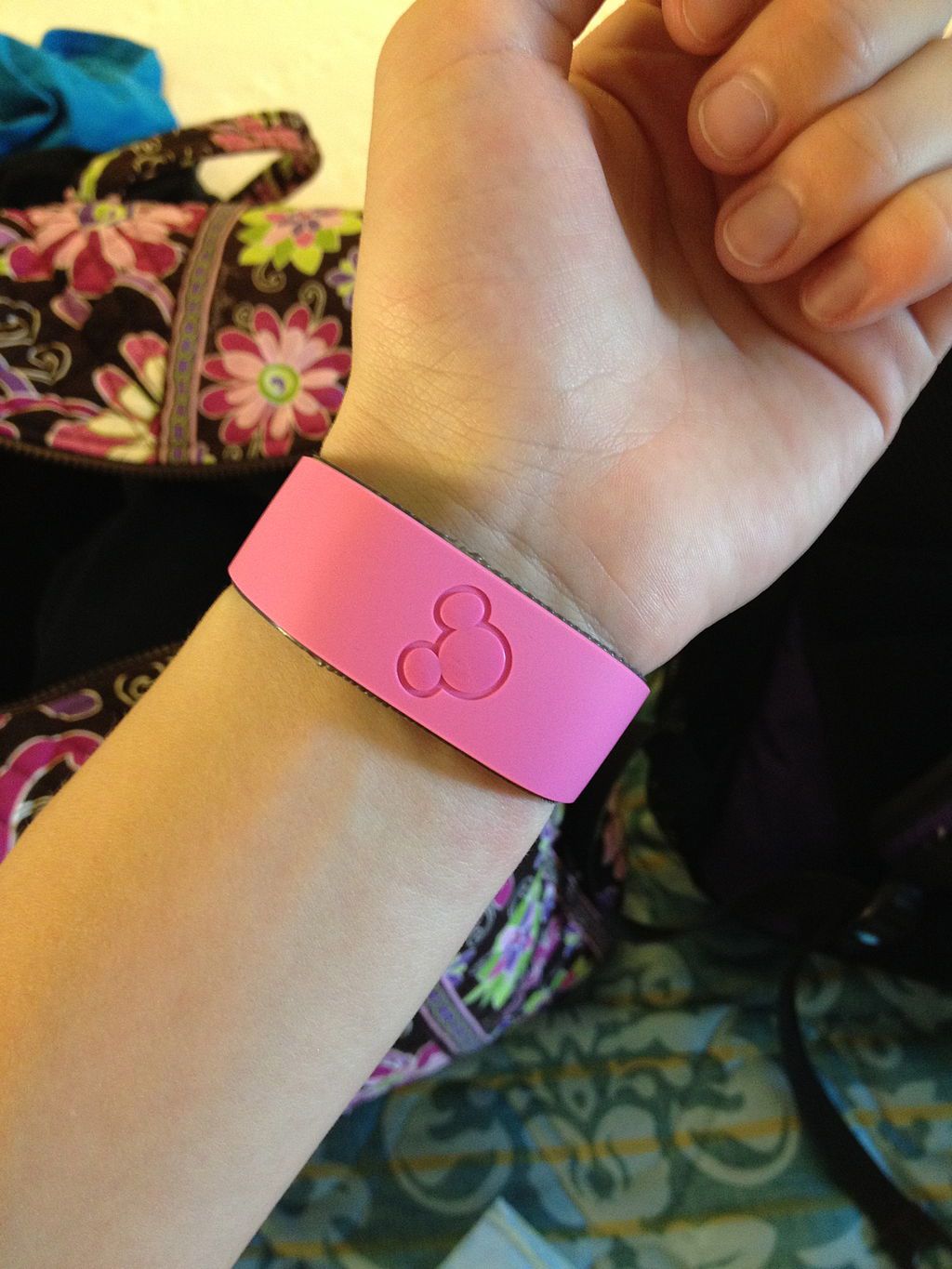
It’s no secret that it’s become increasingly expensive for families to visit any of Disney’s theme parks, but it goes beyond the entrance fee. Over the last several years, Disney World has started charging for previously free perks, including MagicBand bracelets, which store guests’ tickets, room keys, etc., resort parking, FastPasses, and more.
Hangers
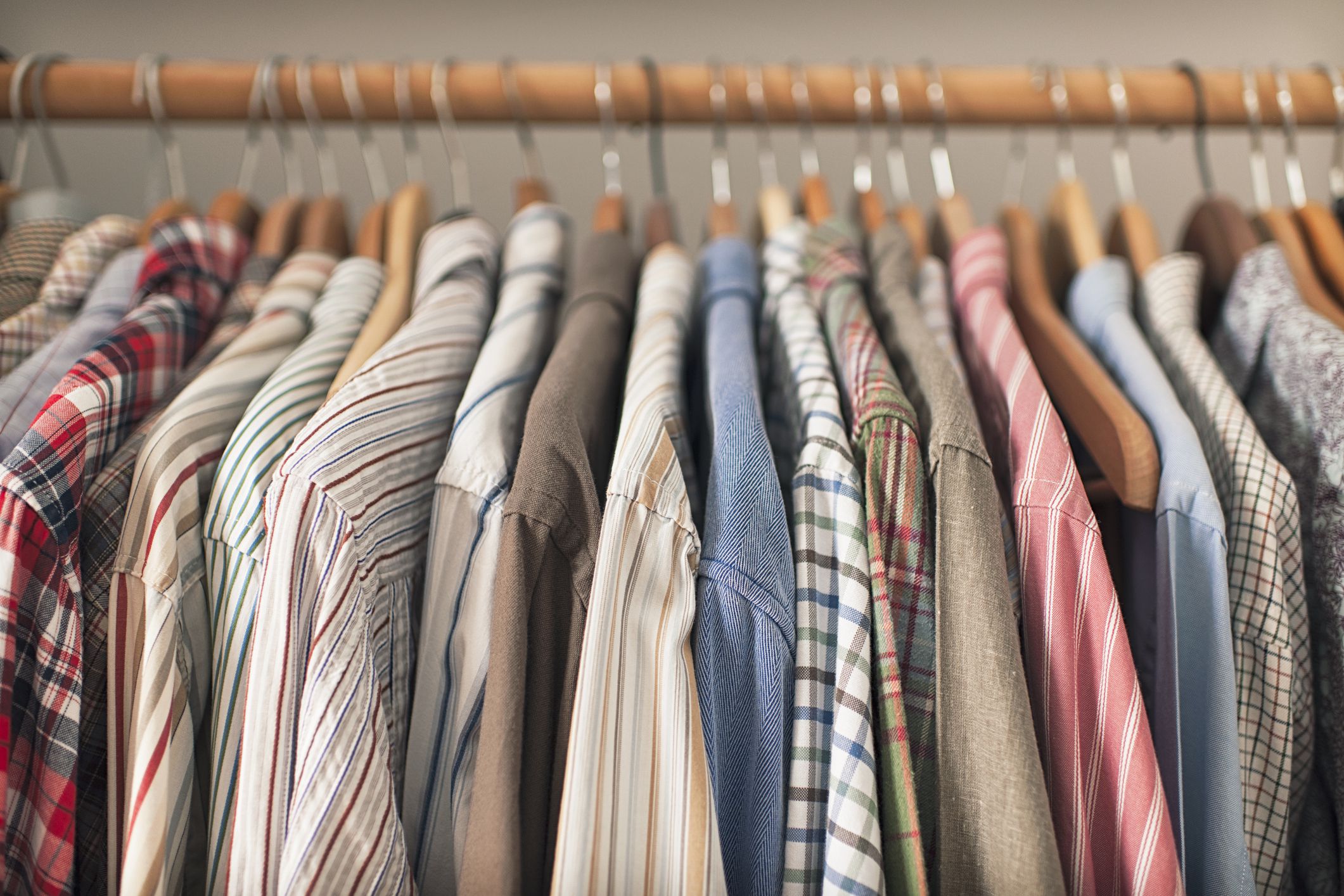
Tesco stores in the UK began testing a 10p charge — about $0.13 — for hangers last year. Previously, shoppers who purchased apparel at the supermarket chain would get the accompanying hanger free of charge, but Tesco hopes charging a small fee for hangers will reduce plastic waste by preventing customers who don’t intend to keep them to leave them at the store to be reused.
Directory Assistance
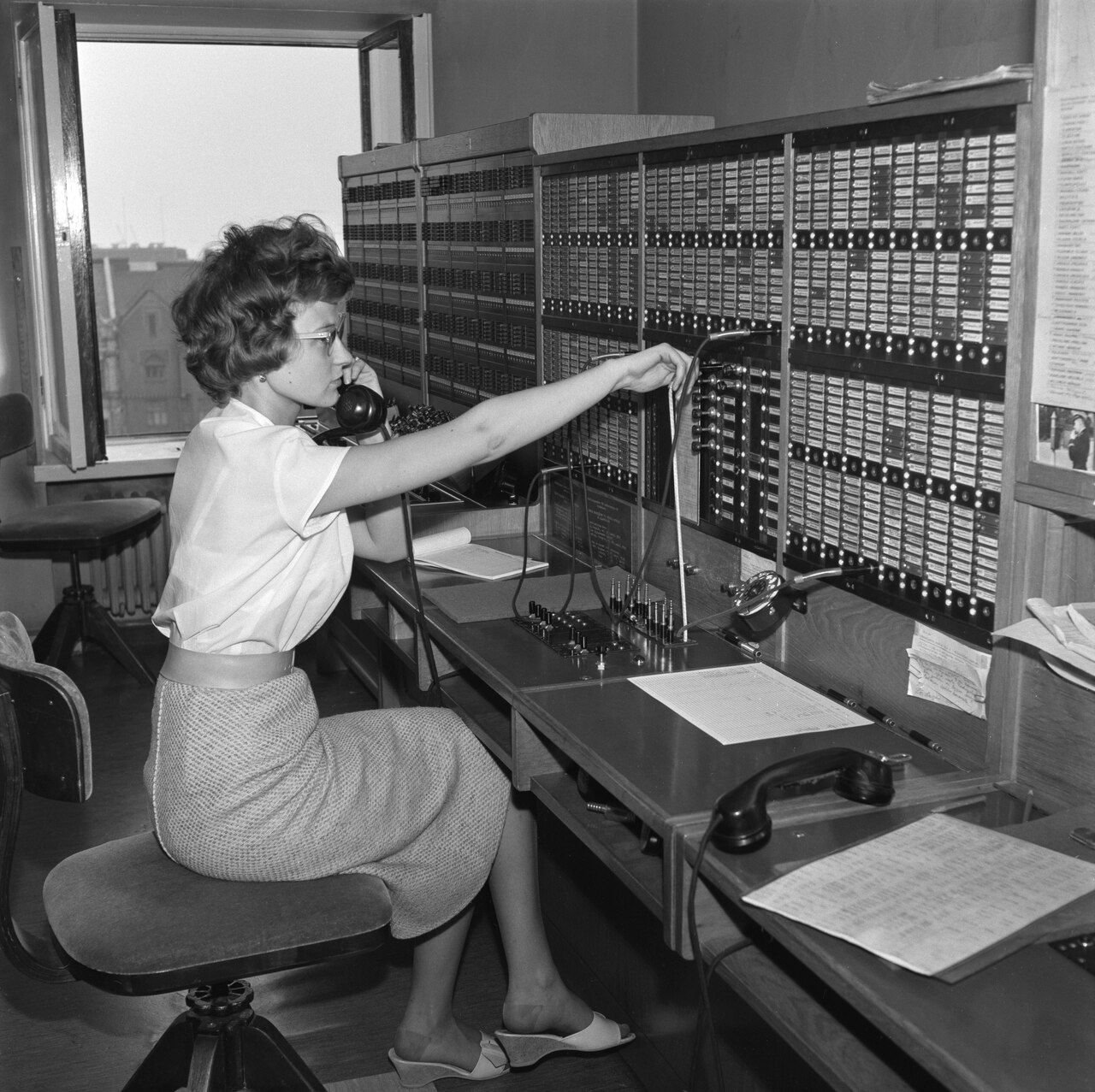
If you’re old enough — and used a telephone in Canada or the US — you may have dialed 411 for information, such as phone number and address of a residence or business. This was free until the ’70s, when AT&T began charging to dissuade reported misuse. Today, AT&T no longer has 411 service at all, while major carriers charge a fee. That said, most modern customers just use Google.
ATM Service
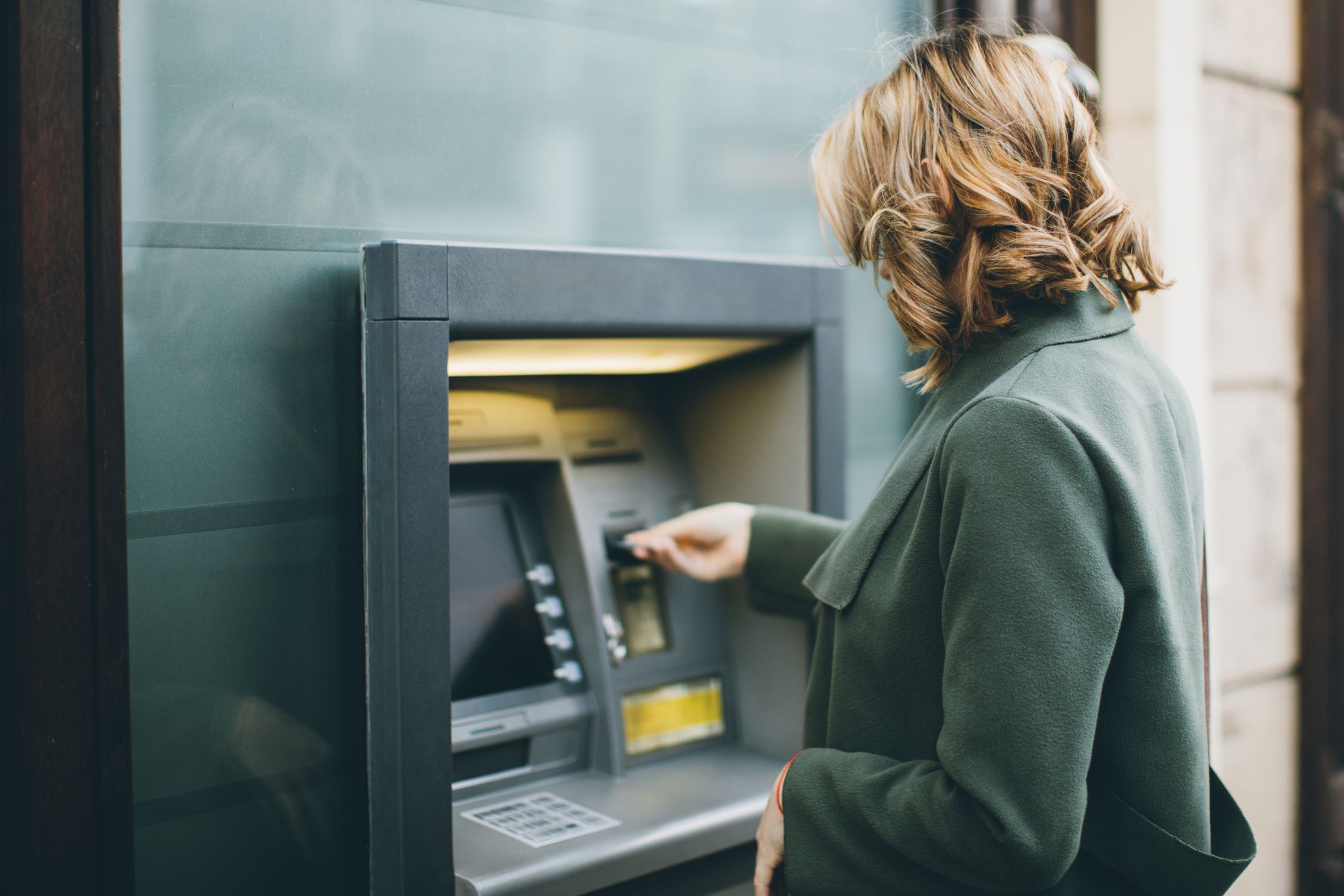
When the first ATM debuted in 1967 in London, only that bank’s customers could use it. That changed in the 1970s, thanks to communication networks between banks, but it wasn’t until 1988 that one bank — Valley Bank of Nevada — began leveraging service fees when members of other banks used its machines. In 1996, two large ATM operators — Cirrus and Plus — also began allowing ATM surcharges, and now, they’re to be expected. Today, the average out-of-network ATM fee is $4.77, per Bankrate.
More Money-Saving Stories From Cheapism
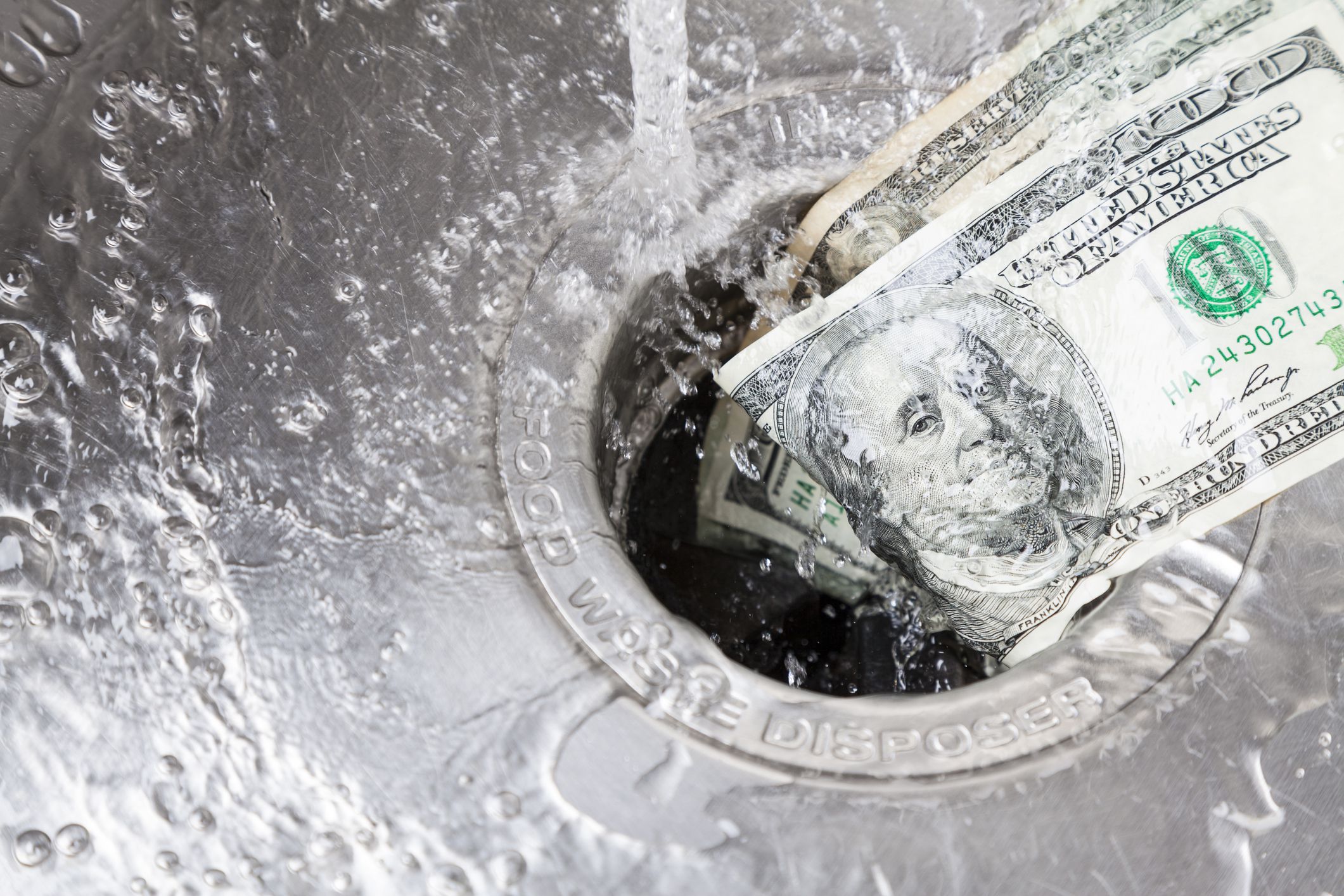
- 10 Things You Should Never Pay For — From the unnecessary expense of credit reports and moving supplies to the overrated benefits of certain supplements, here are some things you should never pay for if you want to save money.
- 11 Popular Products at the Store That Are Shrinking — As if rising prices aren’t enough to deal with, companies have decided to add insult to injury by shrinking products without lowering prices.
- 12 Cheap Purchases That Save Money in the Long Run — Whether it’s a reusable item that keeps you from making repeat purchases or an appliance that lets you DIY something instead of paying someone else, you don’t always have to spend much to save over time.
